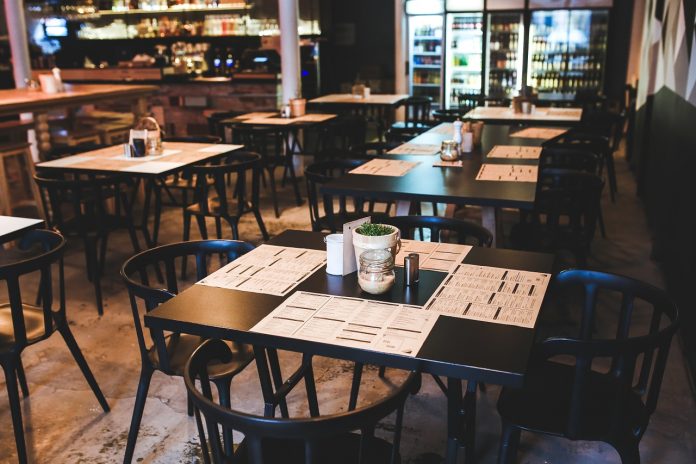The menu at a restaurant is arguably the most important part of the experience for customers. While they expect delicious food and great service, they need a way to figure out what they want to eat when they sit down in the restaurant. The right menu pushes them to try new foods, to check out signature meals, and to find something they’ll love instead of just looking for something that’s the lowest cost. Restaurant owners have a lot to consider when they’re creating a menu.
The Overall Layout
Menus should have a consistent layout throughout, making it easier for people to check out the different types of foods and find out what they really want to eat. Using columns often makes it easier for people to find great food, as does grouping different types of food together. Lightspeed recommends keeping the menu shorter as many people aren’t going to want to flip through a ton of different pages to find something to eat.
Box Off Specialty Foods
A great way to highlight certain meals is to place a simple box around them. This is useful for pointing out foods you want customers to choose, but that aren’t necessarily important enough to be featured on the menu with a photo. BigHospitality recommends boxing off just one in eight items on the menu. Less is more as the boxes really help the food stand out.
Think About the Fonts
Make sure the menu is easy to read, without the fonts being too large. Play around with different fonts to see which ones work better with the restaurant in general while still being easy for customers to read. It’s possible to use various fonts throughout the menu, so long as they’re all readable and go together well. Be consistent, however. Use one font for the titles and another for food descriptions.
Add Descriptions and Photos
While customers are going to know what a hamburger is, they don’t know what toppings come on it. Add descriptions to most of the foods on the menu so customers know what to expect. Additionally, highlight specialty meals or foods you want customers to be more likely to choose by adding professional photos to the menu. This really works to grab their attention.
Determine the Right Prices
A big part of engineering the right menu is determining the right prices for the food. The right prices cover food costs, the costs of running the restaurant and provide profits. However, they’re also competitive with local restaurants. This means it may take some work to figure out what the prices should be. There may be some items that are served at a loss to get people in the door as well as other items that have a much higher profit margin.
Keep all of these considerations in mind when you’re designing the perfect menu for your restaurant. Remember to play around with the menu for a while, trying different layouts, fonts, photos, prices, and more to see what works well for your restaurant before committing to a design so you can avoid making mistakes. This way, you can be sure you’ll create the best menu for your restaurant.
Find a Home-Based Business to Start-Up >>> Hundreds of Business Listings.

















































